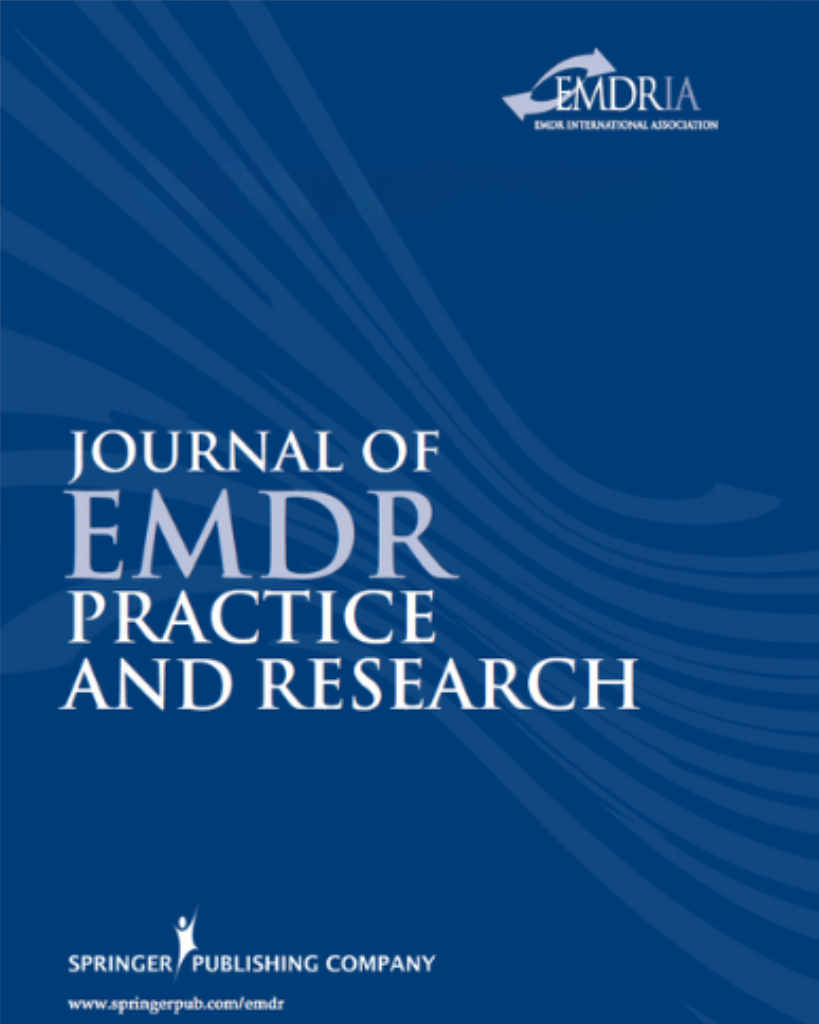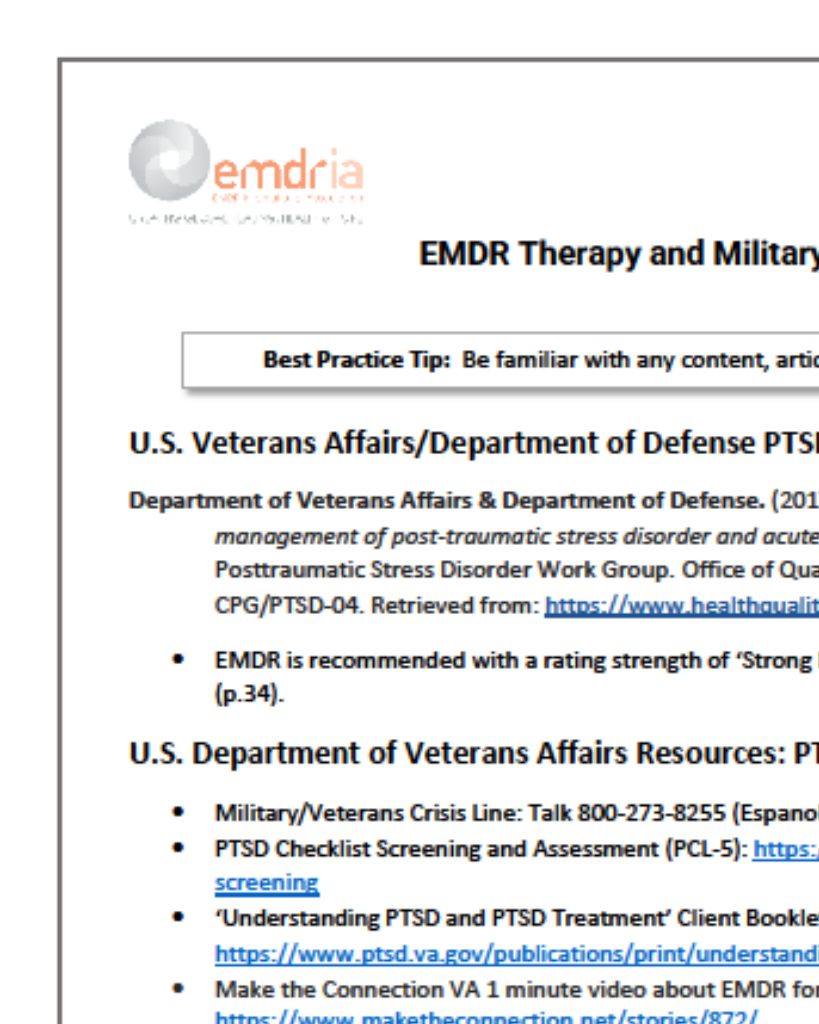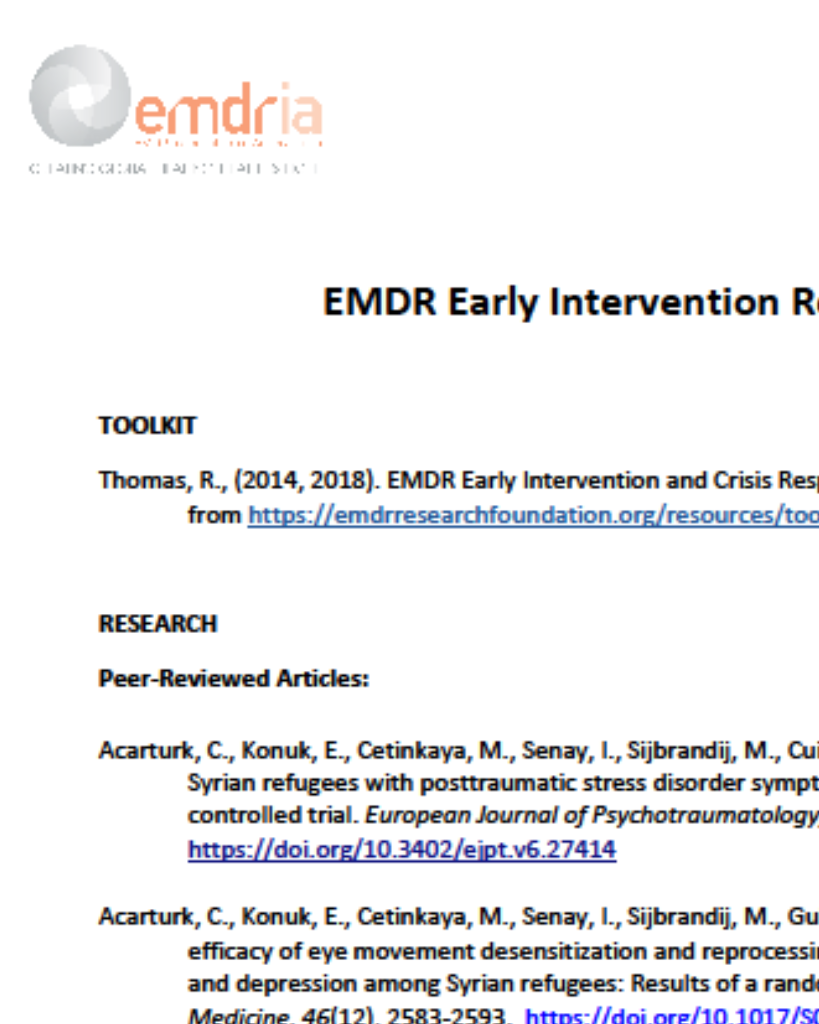The Role of Eye Movements in EMDR: Conducting Eye Movements While Concentrating on Negative Autobiographical Memories Results in Fewer Intrusions
The aim of this research was to evaluate the effect of eye movements on vividness, emotionality, and suppression of memories.
Article Abstract
“In dismantling eye movement desensitization and reprocessing (EMDR) therapy, researchers have found that the central executive is likely responsible for the effect of eye movements on negative memories. Arguably, however, researchers have not satisfactorily explained central executive mechanisms responsible. One possible central executive mechanism is that of suppression. The aim of this research was to evaluate the effect of eye movements on vividness, emotionality, and suppression of memories. Thirty-one nonclinical participants in Experiment 1 completed fast- and no-eye-movement conditions. Thirty-three nonclinical participants in Experiment 2 completed fast-, slow-, and no-eye-movement conditions. Number of intrusions during a suppression period and self-ratings of vividness and emotionality were the dependent variables in both experiments. Experiment 2 also included a measure of central executive capacity. Results from both experiments supported the hypotheses and showed that fast eye movements resulted in fewer intrusions than no- and slow-eye-movement conditions. Experiment 2 also found a correlation between number of intrusions after fast eye movements and central executive capacity. Limitations of this research are discussed as well as possibilities for future research and implications for understanding EMDR therapy.”
—Description from publisher
Article Access
Open Access
Patel, G. J., & McDowall, J. (2016). The Role of Eye Movements in EMDR: Conducting Eye Movements While Concentrating on Negative Autobiographical Memories Results in Fewer Intrusions. Journal of EMDR Practice and Research, 10(1), 13-22. https://doi.org/10.1891/1933-3196.10.1.13
About the Journal
The Journal of EMDR Practice and Research is a peer-reviewed publication devoted to integrative, state-of-the-art papers about Eye Movement Desensitization and Reprocessing. It is a broadly conceived interdisciplinary journal that stimulates and communicates research and theory about EMDR, and their application to clinical practice. The Journal of EMDR Practice and Research is the Official Publication of the EMDR International Association.
Date
March 1, 2016
Creator(s)
Gauranga Jeram Patel, John McDowall
Practice & Methods
BLS
Extent
10 pages
Publisher
Springer Publishing Company
Rights
Copyright © 2016 EMDR International Association
APA Citation
Patel, G. J., & McDowall, J. (2016). The Role of Eye Movements in EMDR: Conducting Eye Movements While Concentrating on Negative Autobiographical Memories Results in Fewer Intrusions. Journal of EMDR Practice and Research, 10(1), 13-22. https://doi.org/10.1891/1933-3196.10.1.13
Series
10
Installment
1
Audience
EMDR Therapists
Language
English
Content Type
Peer-Reviewed
Original Source
Journal of EMDR Practice and Research
Access Type
Open Access




